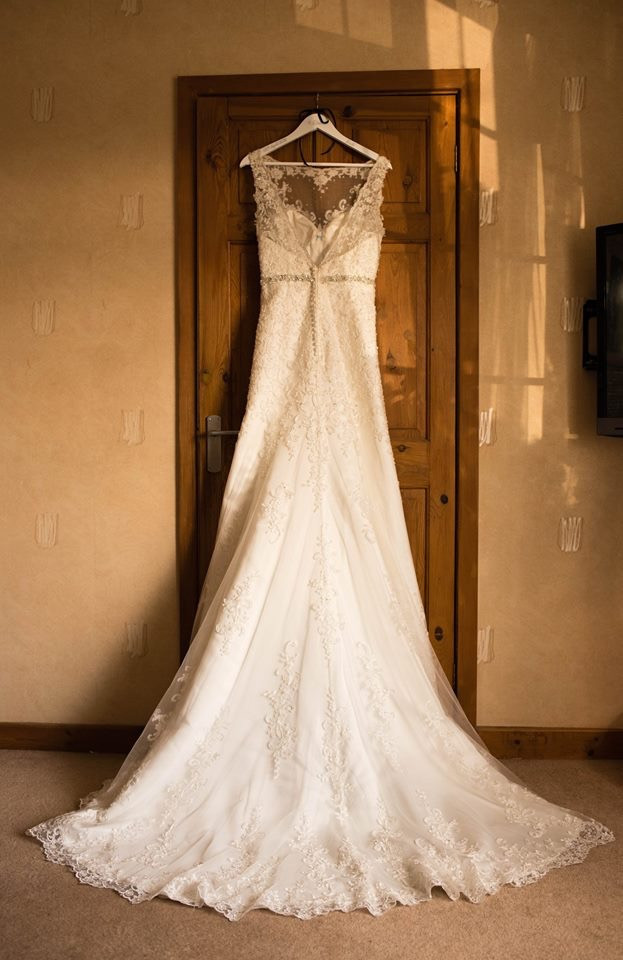One of the most common questions couples ask when planning their weddings, especially concerning photography, is: “How long does it take to get our wedding photos back?” It’s a natural curiosity, filled with anticipation to relive the magic of their special day through beautiful images. However, the answer isn’t always straightforward, as various factors influence the wedding photo delivery timeline.
Many couples are surprised to learn that receiving their wedding photographs isn’t an instant process. Unlike snapping photos on a smartphone and seeing them immediately, professional wedding photography involves a detailed post-processing workflow. Especially during peak wedding season, when photographers are often juggling multiple events, it can typically take around 6 to 12 weeks to receive your complete wedding photo collection. But why does it take this long? Let’s delve into what happens behind the scenes after your big day.
A significant reason for the timeframe is the sheer volume of images captured. Wedding photographers often shoot thousands of photographs to ensure every precious moment is documented. Each photograph is a tiny snapshot in time, and to tell the full story of your day, numerous images are necessary.
Once the wedding is over, the photographer’s work continues in their office. The first step is downloading and meticulously reviewing every single image. This isn’t a quick glance; it involves examining each frame in detail for sharpness, composition, and overall quality. Imagine looking at 1,000 or more photos and spending even a brief 30 seconds on each – that alone can accumulate to several hours of work. After this initial review, the photographer begins the crucial process of selecting the best images, often narrowing down thousands of shots to a curated collection, typically around 400 to 800 photographs, that truly represent the essence of your wedding day. This selection process is often challenging, as photographers must choose images that are technically excellent, emotionally resonant, and contribute to the narrative of the day.
After the selection, the next phase, and often the most time-consuming, is photo editing. Wedding photographers are dedicated to providing couples with stunning, timeless memories, and editing is integral to achieving this. It’s not just about applying filters; it’s a detailed and artistic process that enhances the images and ensures they are the best they can be.
So, what exactly does wedding photo editing entail, and why does it require so much time? Here are some key aspects:
-
Cloning and Object Removal: This involves digitally removing distracting elements from the scene. Perhaps an exit sign in the background, a misplaced item, or even, as in one humorous example, digitally removing a tree branch that appeared to be growing out of the groom’s head in an otherwise perfect shot! This meticulous work ensures clean and polished final images.
-
Color Correction and Tone Adjustment: Lighting conditions at weddings can be challenging and varied. Church lighting, for instance, can sometimes cast a yellow hue, making skin tones appear unnatural. Extensive color correction is often needed to ensure accurate and pleasing skin tones and overall color balance throughout the photos.
-
Cropping and Composition Refinement: Sometimes, a photograph taken in the moment can be improved through careful cropping. Adjusting the composition can remove unnecessary background elements and draw the viewer’s eye to the key subjects and action within the frame, creating a more impactful image.
-
Black and White Conversion: Deciding whether an image works best in color or black and white is also part of the artistic editing process. It’s not a simple automated filter; it’s a thoughtful choice that enhances the mood and emotional impact of certain photographs.
-
Gallery Preparation: Once editing is complete, the photographer prepares a digital gallery to showcase your finished photos. Each high-resolution image needs to be processed for online viewing and secure delivery, which takes time, especially with large collections.
-
Image Backups: Professional photographers prioritize the safety of your precious memories. Creating multiple backups is a crucial step to safeguard against data loss. This typically involves backing up images on multiple hard drives and cloud storage, a process that can take several hours to complete for large wedding photo galleries.
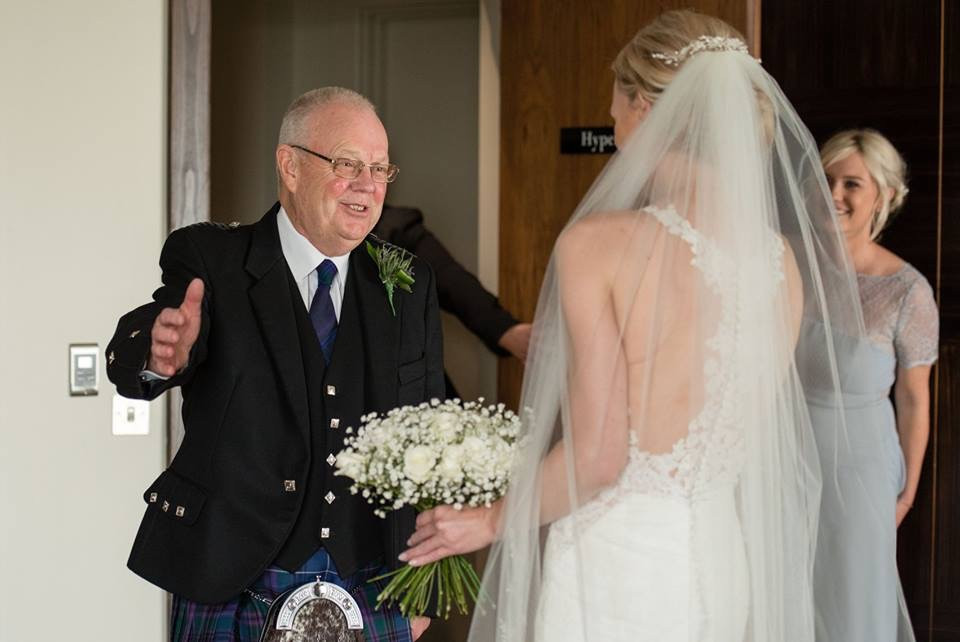
It’s easy to understand why couples might expect a quick turnaround, given the instant nature of smartphone photography and social media. However, wedding photography editing is truly a labor of love, demanding skill, artistry, and time. It’s a process focused on delivering exceptional quality and lasting memories, not just quick results.
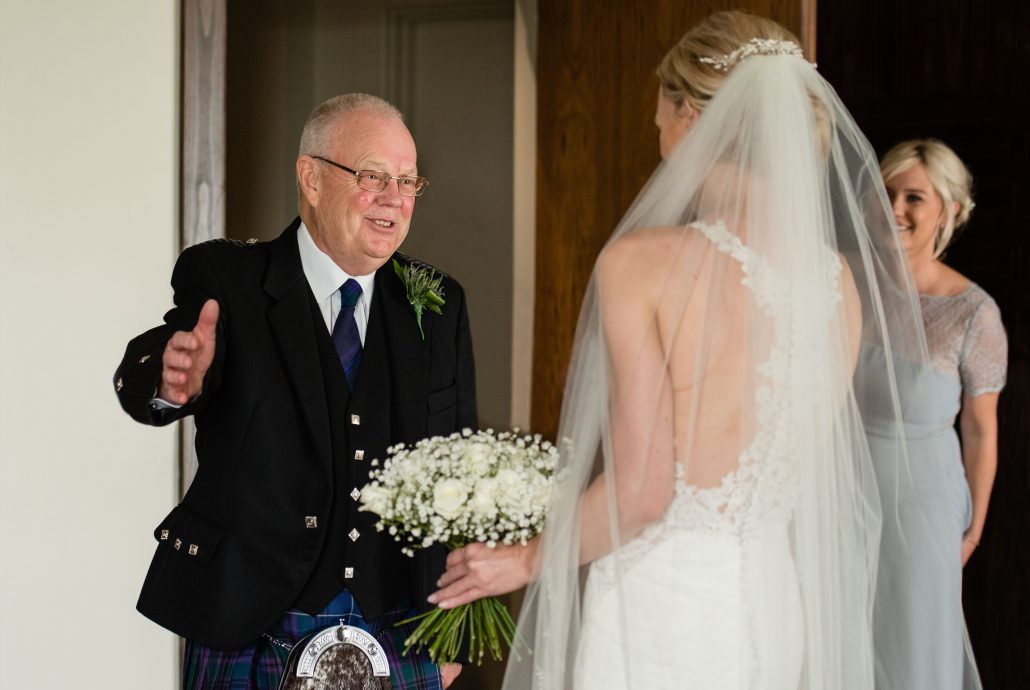
Think of it this way: you’re not just receiving photos; you’re receiving carefully crafted pieces of art that tell the story of your wedding day. The time invested in post-processing is what transforms raw images into cherished heirlooms that you’ll treasure for a lifetime.
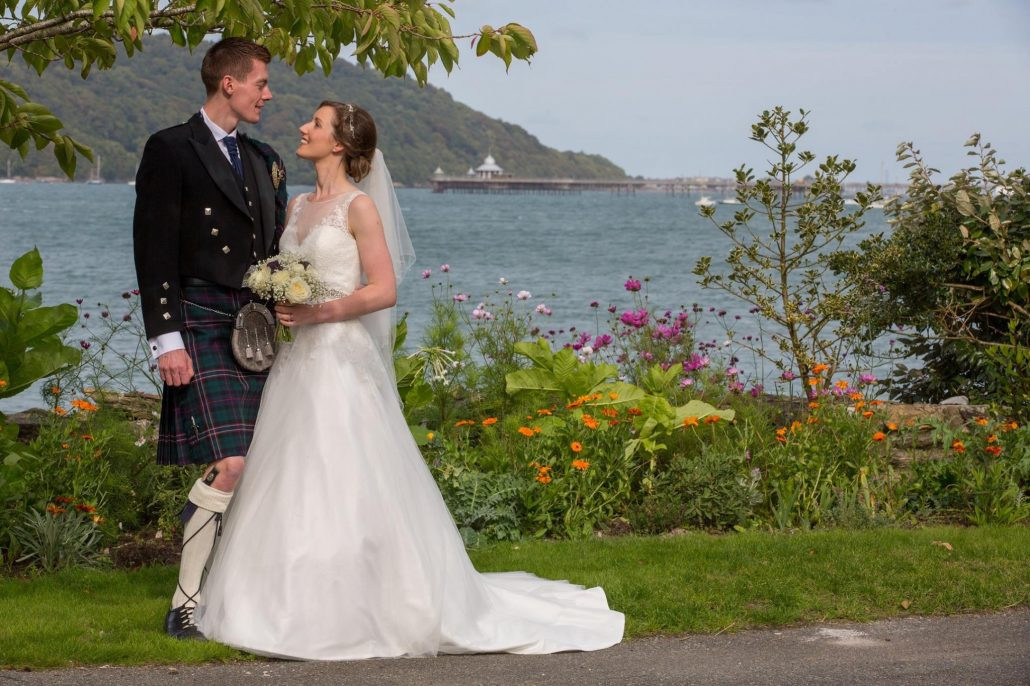
While waiting for your wedding photos might require patience, understanding the detailed process involved can help appreciate the artistry and effort your photographer puts into creating your wedding memories. The result is undoubtedly worth the wait – a beautiful collection of images that will allow you to relive your special day for years to come.
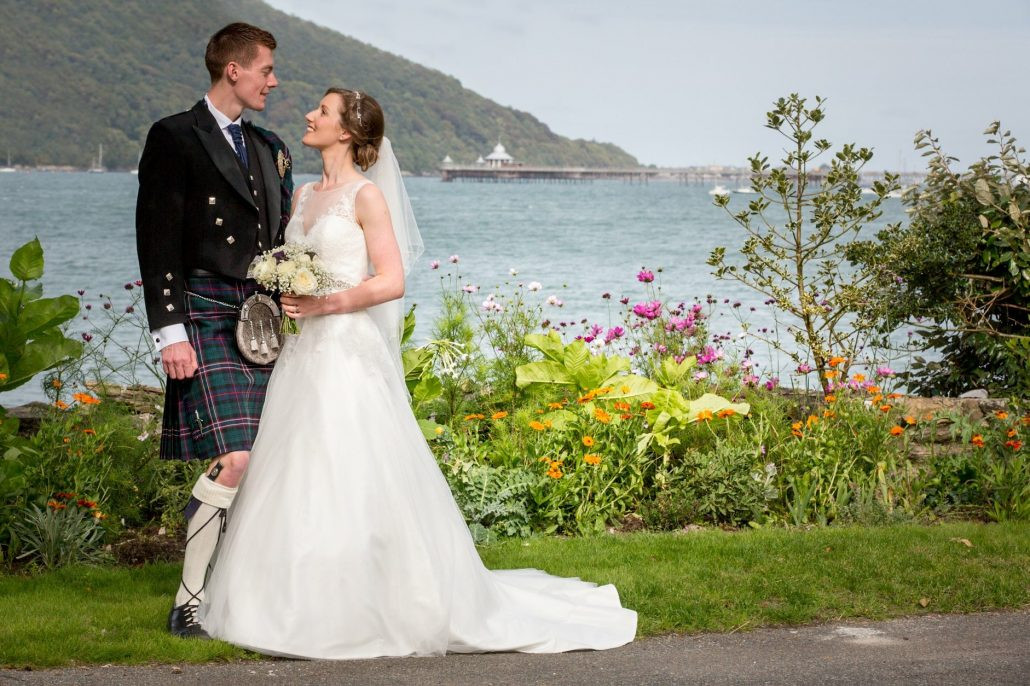
So, when you ask “How Long Does It Take To Get Wedding Photos Back?”, remember that the answer reflects the dedication and care photographers invest in ensuring you receive the highest quality and most beautiful representation of your wedding day.
